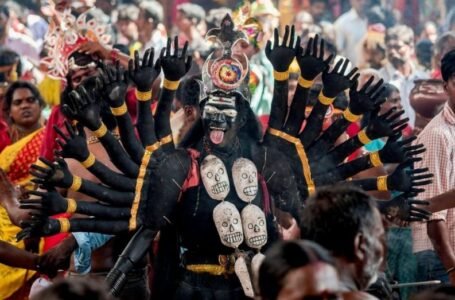Discover the Sacred Splendor of Bhimashankar Jyotirlinga: A Spiritual Journey into the Heart of Maharashtra
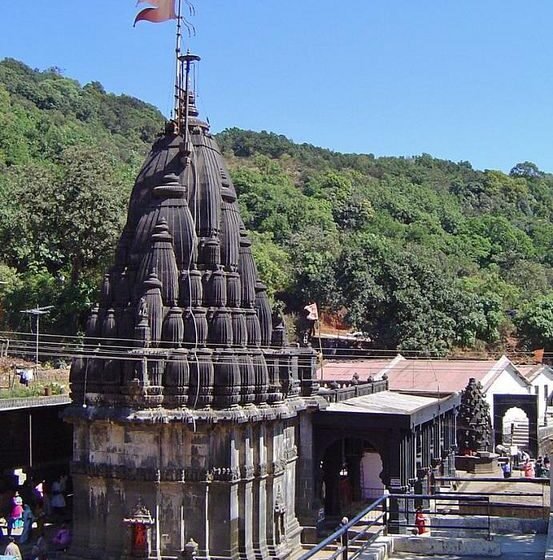
Whenever you are in Maharashtra, remember you have a chance to visit 3 jyotirlingas in a span of 5-6 days. Our next Jyotirlinga in this series is the Bhimashankar Jyotirlinga. It is situated in the village Bhimashankar, 110 Km from Pune. Encircled by lush greenery, it is not only an architectural marvel but also a place of religious significance. There is an intriguing myth surrounding the construction of this temple, which is situated next to the Bhima River.

The shrine has a connection to Tripurasura, an asura from Tretayuga. According to legend, after Tripurasura performed penance, Brahma appeared and granted him three wishes, expressing his happiness with Tripurasura’s deed. Tripurasura demanded to be immune to the gandharvas, yakshas, devils, and gods. It should be possible for him to travel anywhere in the universe and for his three “puras” to remain unbroken. He got everything he wanted. In order to conquer three Loka, Tripura set out on a conquest. The god of the skies Indra was also defeated. Indra chose to seek the blessings of the lord Shiva by performing penance. Shiva vowed to wipe out Tripura. It is believed that Shiva took on the form of “Bhima Shankara” on the peak of the Sahyadri hills at the command of the gods, and the Bhimarathi (Bhima) river was formed by the sweat that spilled from his body after the battle.
This temple also has mythological associations with Bhima, one of the Pandava brothers from the Indian epic Mahabharata. This is the place where Bhima is believed to have worshipped a self-carved lingam, a symbol of Lord Shiva. The name of the temple, Bhimashankar, is a celebration of his reverence for Lord Shiva in this region.
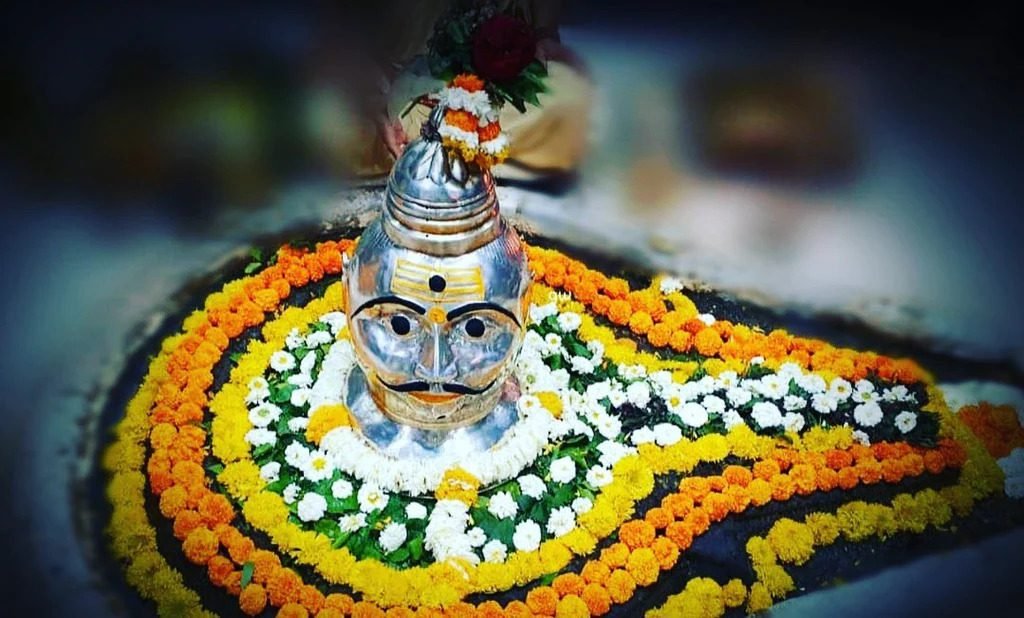
Though references to the Bhimashankaram shrine and the Bhimarathi river date back to the 13th century, it appears that the temple’s current construction is relatively recent.
The temple’s chariot-like architectural style has its own mythological meaning. The temple is frequently referred to as “Rathachala” because of its chariot-like appearance. This pattern is thought to represent Lord Shiva as the celestial charioteer steering the cosmos on its cosmic journey.
The temple is constructed in the Nagara style, a blend of contemporary and traditional architecture. Nana Phadnavis of Peshwa built the temple hall (Sabhamandapam) and Shikhara in the eighteenth century. King Shivaji gave the temple ownership of the village of Kharosi. The financial resources obtained from the local population were used to support the daily religious observance. Moreover, it is evident that the Ling is situated exactly in the middle of the temple’s Garbhagriha, or Sanctum sanctorum. Native stone is used to build the Garbhagriha and Antarala in the Indo-Aryan architectural style, which is also frequently seen in Jain temples. The temple is covered in elaborate carvings of human and deity figures on its pillars and door frames.
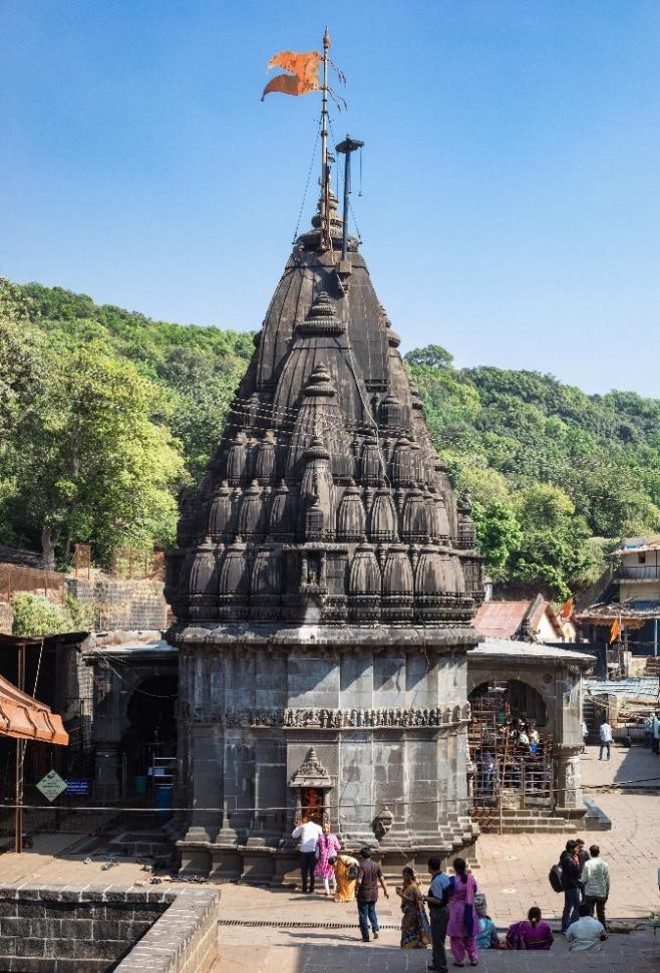
Along with the Bhimashankar Mandir, devotees also receive darshan from the local temples’ deities. A shrine honors Siva Ganams, Shaakini, and Daakini, who aided Shiva in his conflict with the demon Tripurasur.
Other temples can be found close to the main temple. One of them is the shrine of Kamalaja mata, a goddess Parvathi incarnate who supported Shiva in his conflict with Tripurasur.
There is Mokshakund Tirtha behind the Bhimashankar temple. Prior to entering the temple, it is customary to bathe in the kund. Maha-muni Kaushika’s fabled penance produced this kund. The Jnyankund, which Dattatreya made, and the Sarvatirtha, which is associated with the goddess Bhashitadevi, are further mentioned. The south of the temple is the Kusharanya tirth, from which the Bhima River starts its eastward course.
Located on the grounds of the temple is a small shrine dedicated to Lord Shani. A statue of Nandi is situated in front of the Shiva Linga, Bhimashankar. Other temples can be found close to the main temple. One of them is the shrine of Kamalaja mata, an incarnation of goddess Parvathi who supported Shiva in his conflict with Tripurasura.
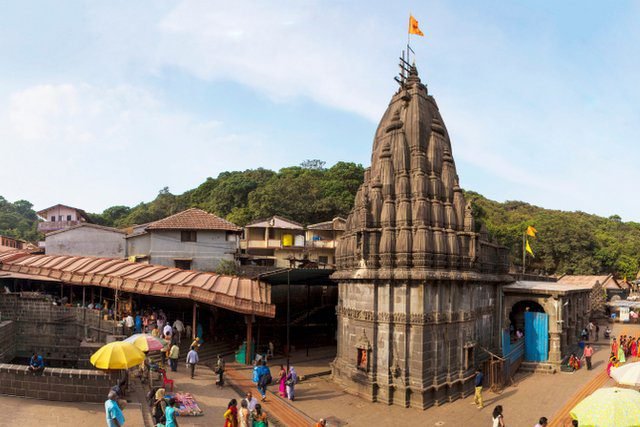
The “Shani Temple” is located inside the Bhimashankar temple’s main complex. There is a huge old Portuguese church bell in front of the “Shani” shrine, situated between two pillars. There’s a narrow walkway that leads to the riverbanks behind the temple.
A trip to Jyotirlinga Bhimashankar offers the opportunity to immerse yourself in the stunning natural beauty of the site in addition to its spiritual significance. The best time to visit Bhimashankara is between September to February. Also, it’s a great place for those who like some monsoon adventures.
